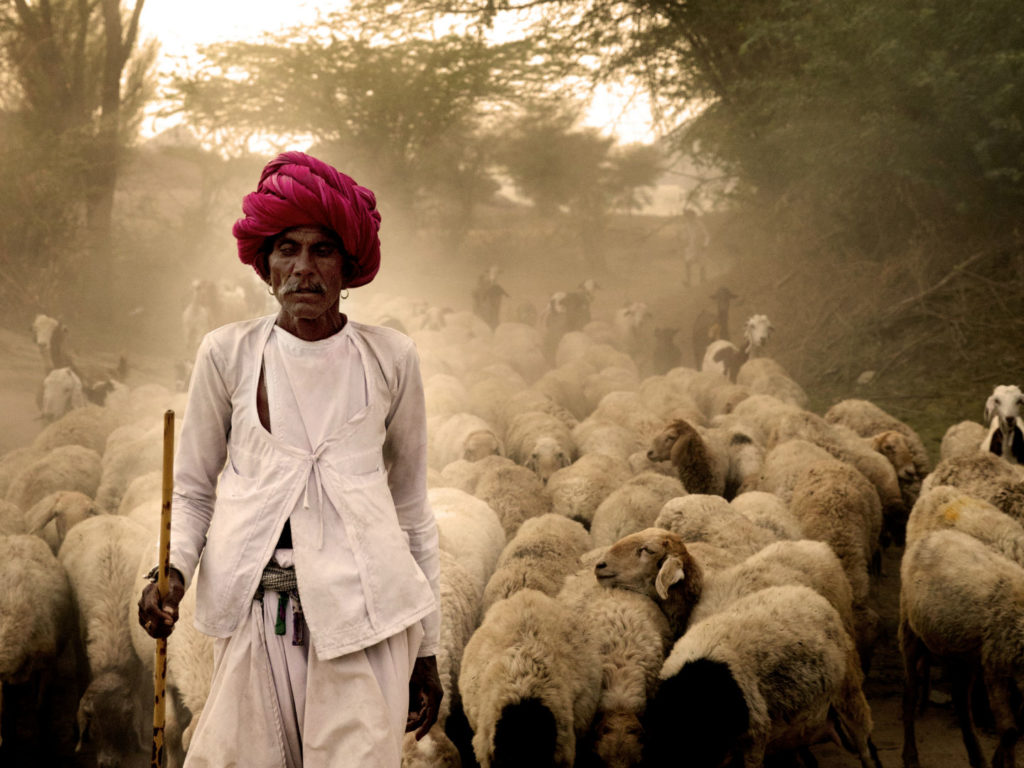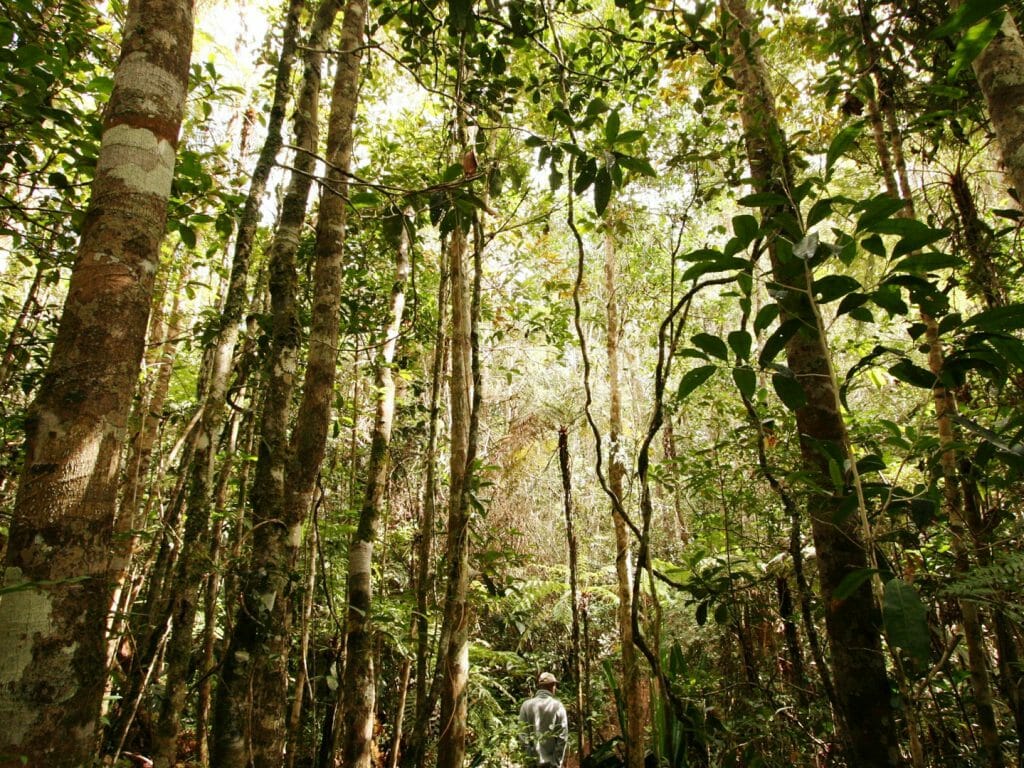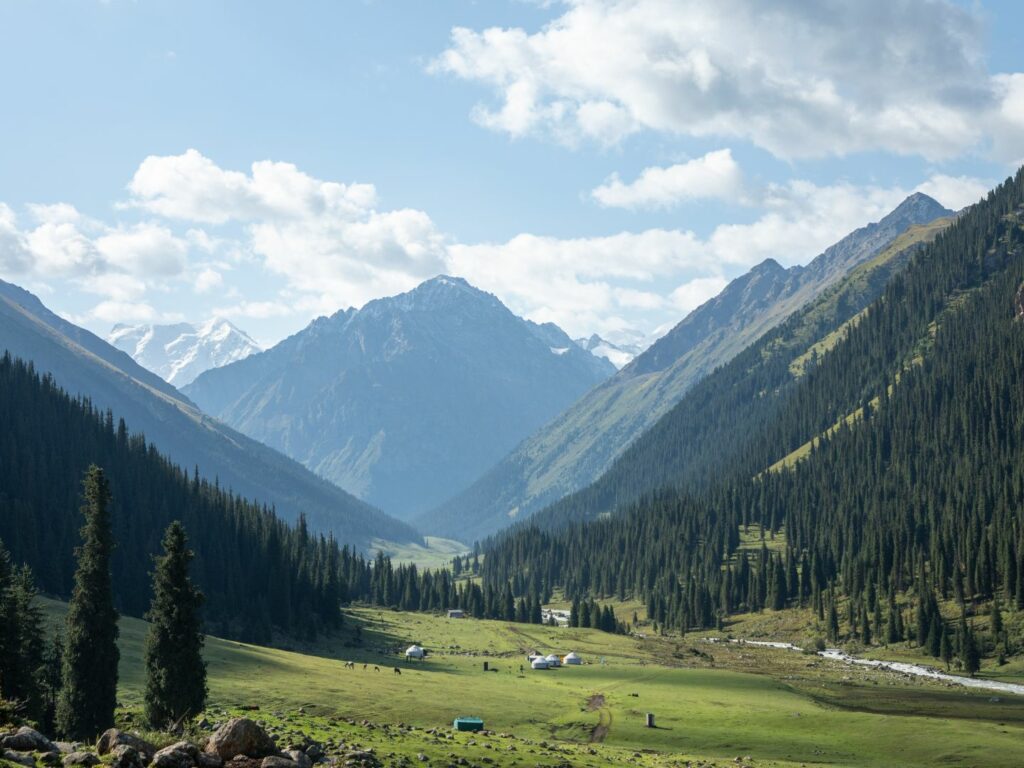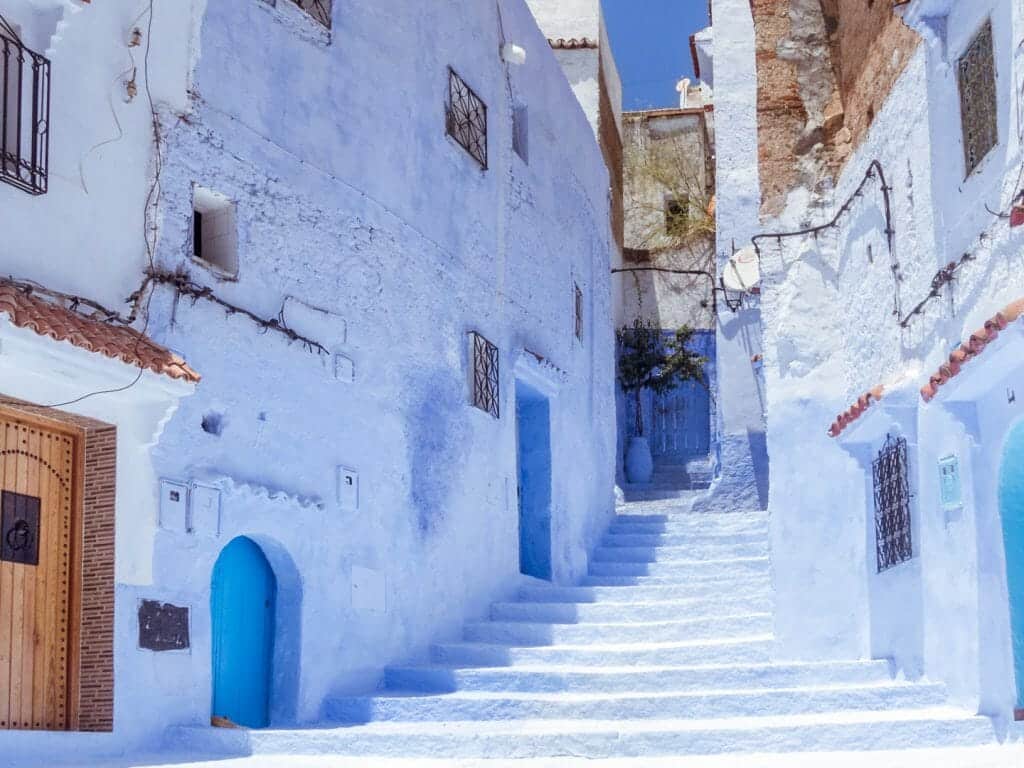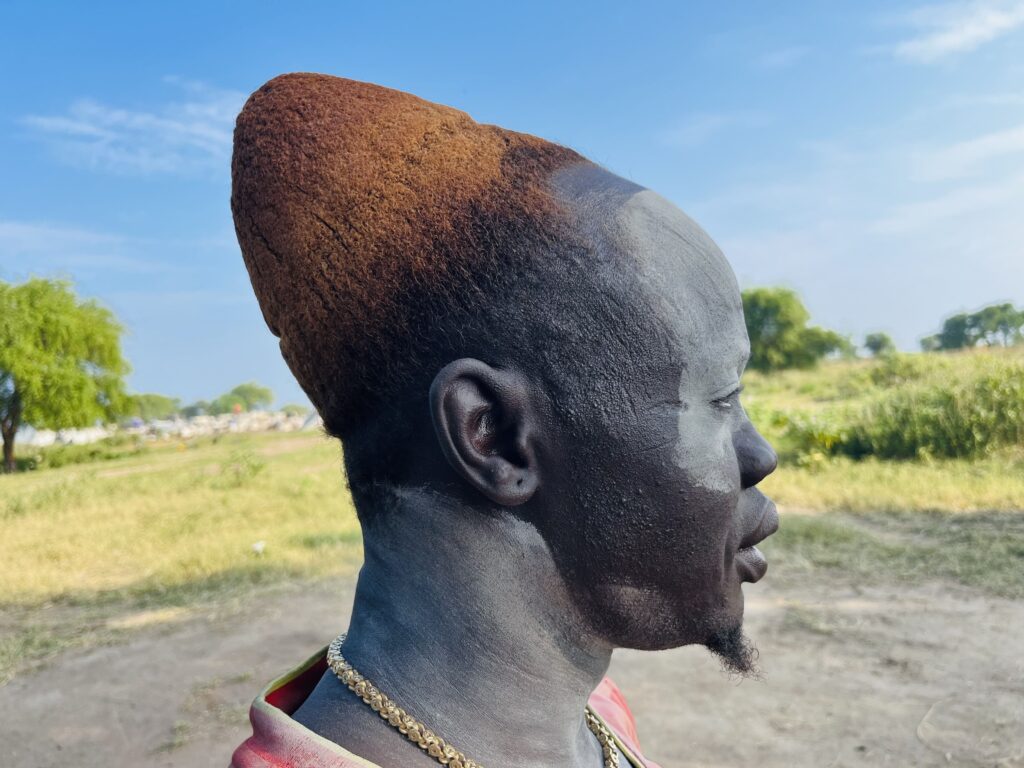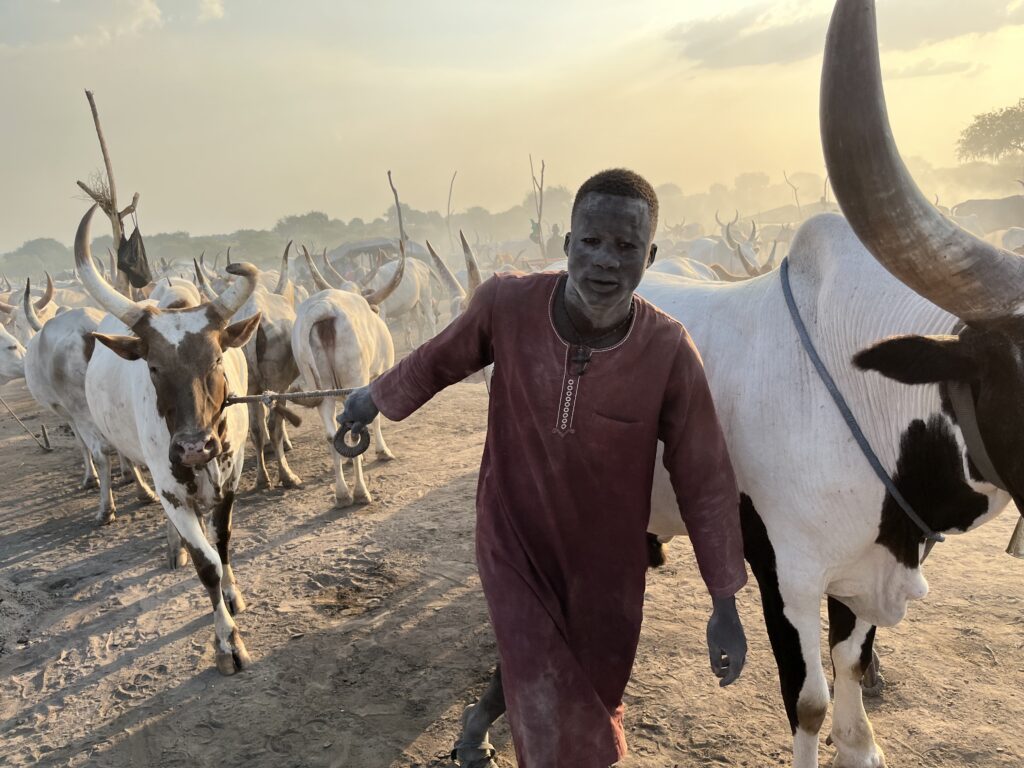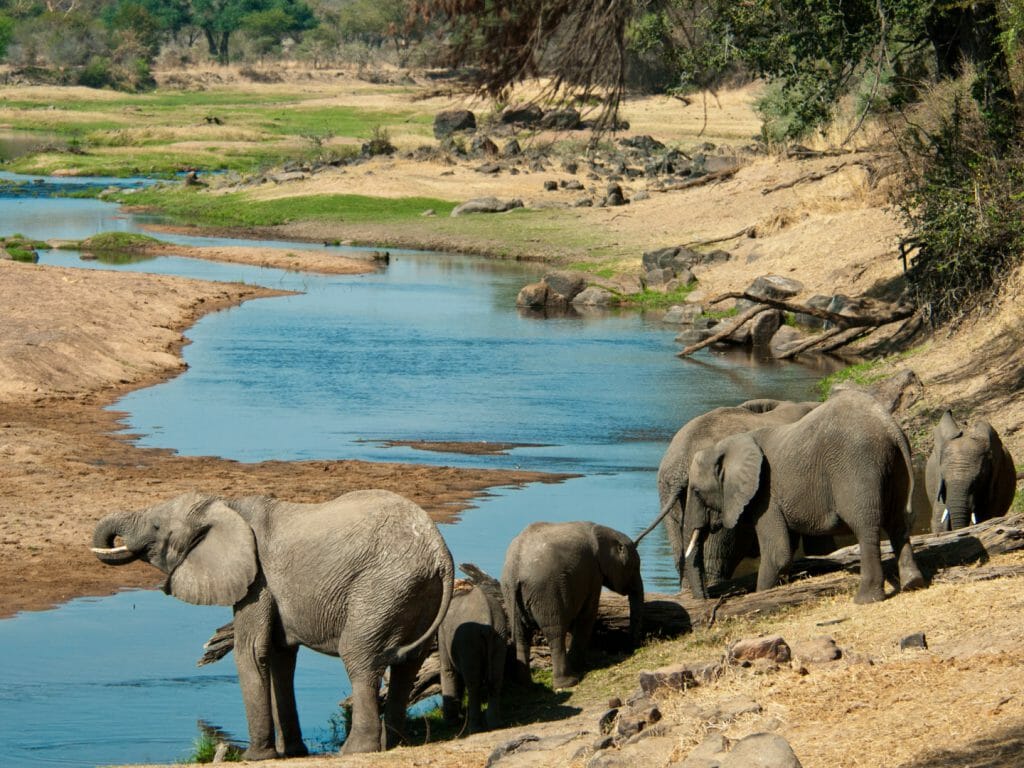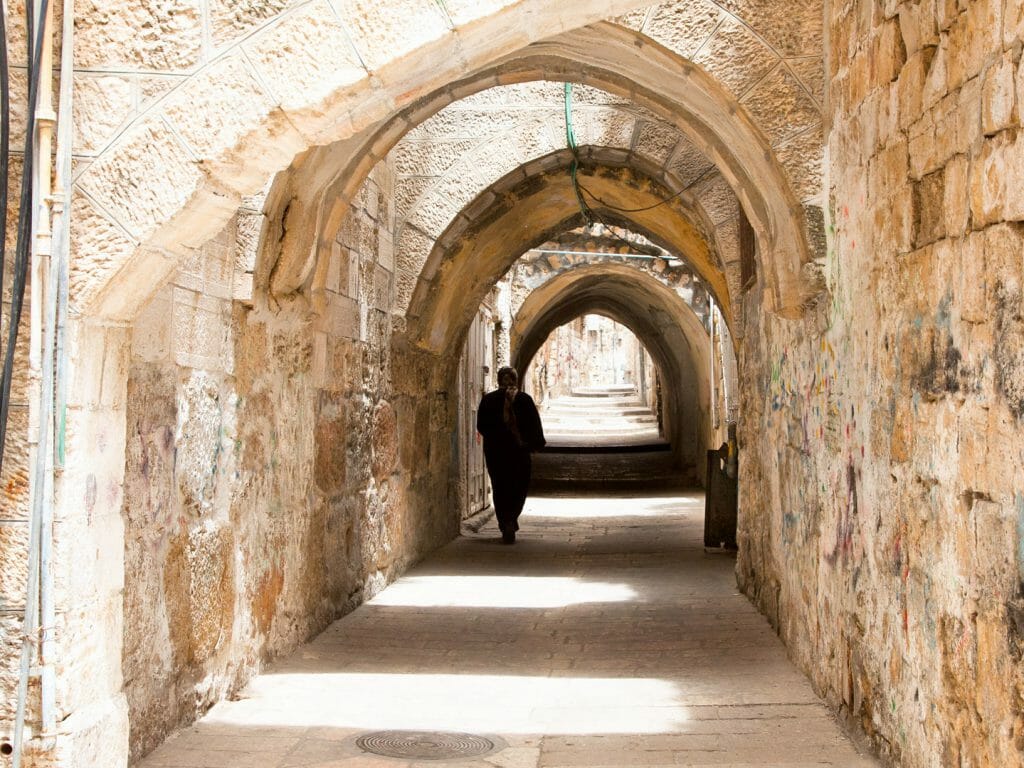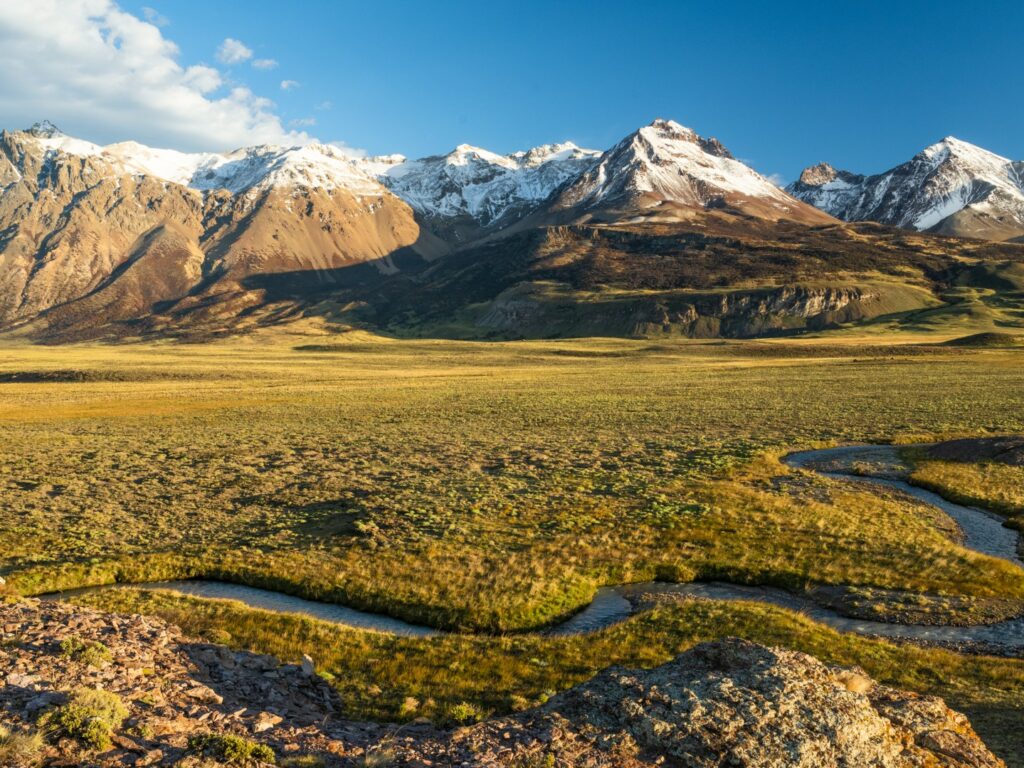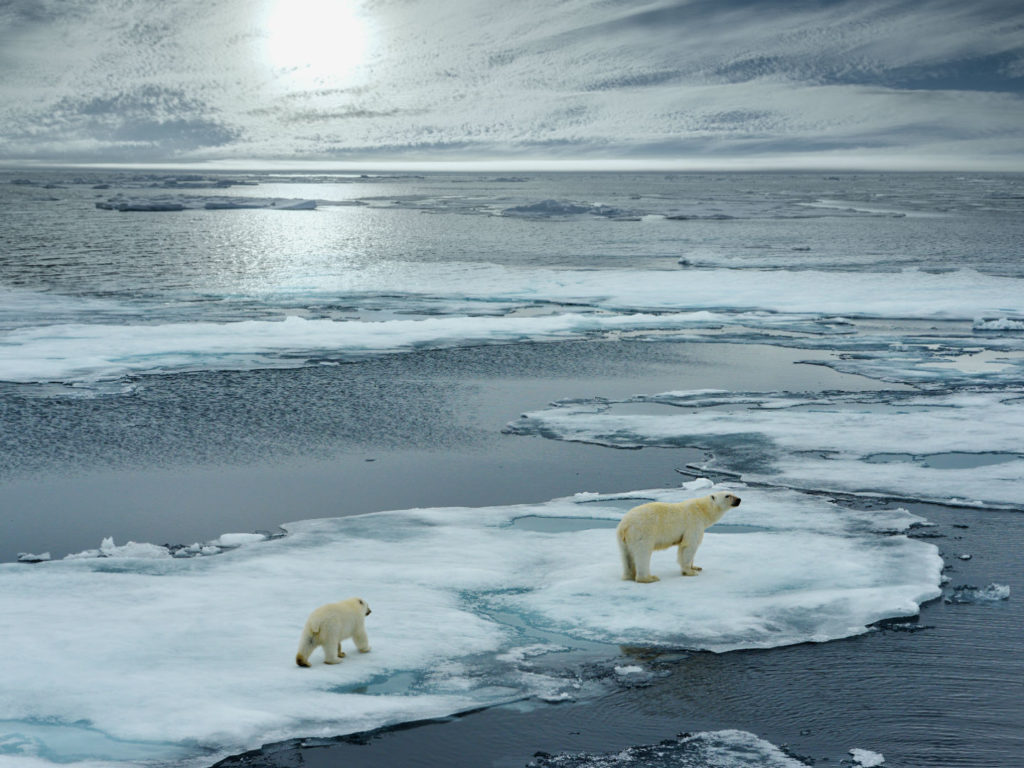If the friendliness of the consulate in London and the ease of the visa process was an indicator of nationhood then Somaliland would not be one of the only states in the world not recognised by the United Nations.
Mention the word Somalia and images of terror, war and lawlessness spring to mind. Images fuelled by the chaos of a civil war that has wreaked havoc for a quarter of a century. Yet during the same time Somaliland has enjoyed an enviable peace. Peaceful presidential transition and multi-party elections, largely believed to be free and fair, reflect a political maturity that has eluded many African countries recognised by the United Nations. Word association is the undoing of this nation of remarkably friendly people who thrive in spite of all the odds stacked up against them.
“Welcome to Somaliland,” everyone chorused at me as I walked up to the barrier crossing the border from Djibouti. Smiles all round. The reception was intimate and personal, a world away from that of surly officialdom that I had just left in Djibouti.
I handed over my passport, its details were quickly and efficiently noted down in a register and then I was free to go.
“Mr Justin?” Shebelleh my guide was waiting outside for me. Rather than whisking me into the vehicle and heading off to Hargeisa, Somaliland’s capital, he suggested quietly that we sit down, relax and have a drink.
“I need to change some money.”
“Don’t worry,” said Shebelle. He ordered a couple of cokes, asked the stall-keeper for his number and texted the money through to him via zaad.
Shebelleh introduced me to Mohammed our driver and Ayaanleh, the Somali Protection Unit guard, who was there to escort us. Shebelleh was quick to reassure me that the country was very safe, that its people were very friendly. He handed me a variety of documents and academic papers espousing the virtues of Somaliland’s archaeological sites. He told me that I would be staying in a new hotel this evening, that it was “very clean, very modern, very good.” He was clearly ‘very’ proud of his country.
We head off to explore his country. The landscape is desiccated, burned by the sun. We drive along wadis, we drive through sand, we drive over rocks. Always dirt. We saw a couple of gazelle, a lone jackal but not one single car for seven hours on the road.
We passed many nomad camps and their dome-shaped thatched tents. Herds of goats always nearby, camels rambling further afield. Somalis are largely pastoralists, indeed the name Somali is derived from the words Soo maal which means ‘to go and milk’.
The Somalis have pride in their country but not the countryside. They throw away rubbish – bottles, food wrappings, plastic bag – with abandon. No appreciation. Thus villages, and especially the surrounding areas, are littered. Squalor.
We stop in villages for sweet tea. In one it is qat time and the men sit around and chat whilst the women work and busy themselves in the background. The men chew qat and chatter ceaselessly as a consequence. They talk excitedly and quickly – the only thing they do at speed. Everything else is slow and languid; so much so that I am sure that the silver digital Casio watches they wear must be for decoration
Aside from its people one of the key highlights of Somaliland are the 5,000 year old rock paintings of Las Geel. A five minute clamber takes me to a great vantage point on a rocky promontory overlooking the point of confluence of two wadis. Hence the name in Somali, Las Geel, which means ‘the camels’ well’. It is quiet and still as I look out over the countryside. The silence broken by the occasional cooing of a pigeon.
Here is the first of several natural shelters eroded by the combined effects of corrosion and wind erosion that are home to the rock art. The first shelter houses 350 animal and human figures. The cows are stylised with large horns and protruding udders. The human figures have small rounded heads, some of which are on their side and set above a truncated neck. Many of the humans are often under the cows indicative of the relationship.
The colours – red, black, white and yellow – are startlingly clear in spite of the passage of millennia. There is a giraffe, there are dogs, there are men hunting. Predominantly it is cow and although they take many different forms, two stood out more than the others – one a bull mounting a cow and the other of a calf embryo inside a pregnant cow. I shudder with a sudden gust of sadness for the unknown dead who leave a tantalising fragment of themselves behind.
It is a great little site which sadly does not have World Heritage status merely because of the fact that Somaliland is not a recognised site by the United Nations. As a result it is little known and thus only had some five hundred comments in the visitors’ book throughout the past year.
This lack of recognition is evident in Hargeisa. There are no recognisable international brands – with the exception of Coca-cola – and there are no NGOs driving importantly around in brand new white Toyota Land Cruisers. It is low key and low rise. The streets are dusty, donkey carts still trot through and goats mill around.
It has a livestock market, which is a maelstrom of colour and noise. Camels roared, goats bleated, women bantered and one particularly cunning vendor used a form of handshake to indicate the price he was offering. Women dressed in their brightly coloured shawls and one young boy looked resplendent in his bright white jibab, it being Friday and the day at the mosque. Throughout, as with the rest of the city, everyone was friendly and welcoming. Always surprising you.
“Number three and number four are not available,” the waiter said drawing my attention to the items on the breakfast menu.
“Why not?” I questioned still clinging onto my mentality of everything is on demand, all the time, always.
“Because the chef who cooks these dishes has died.”
Disarmed by the candour and enormity of his reply, I was once again reminded of the quiet stoicism of the Somali people.
Somaliland is not the next best thing in travel – it is too raw and unpolished for that. Tourism is embryonic, indeed tourism does not have a separate ministry but is part of the Ministry of Youth, Sports and Tourism. Does that mean that they are expecting young and healthy tourists?
Luxury and service are unknown quantities, laughter and safety being far more important everyday qualities to the wonderful people of Somaliland.


